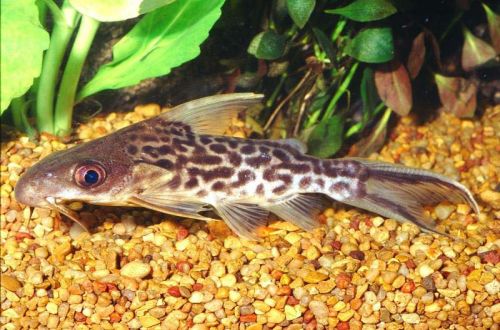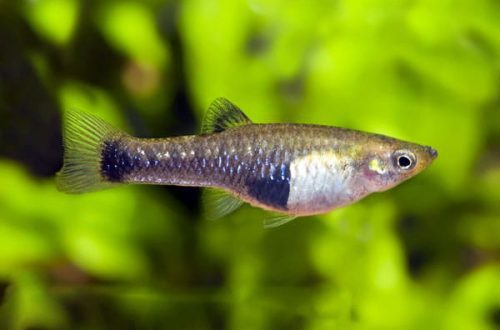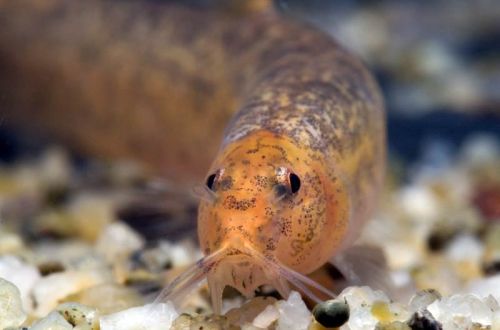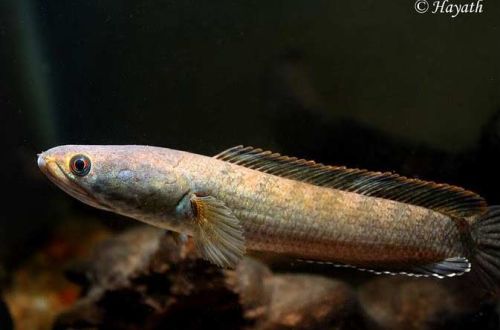
Synodontis Kenya
Synodontis Kenya, scientific name Synodontis pleurops, belongs to the family Mochokinae (Fringed Catfish). The fish is native to Central Africa. Despite the name, this catfish does not live in Kenya. It inhabits the upper and middle basins of the Congo River, which flows through the territory of the Democratic Republic of the Congo of the same name.

Description
Adult individuals reach a length of over 30 cm. The catfish has reliable protection from predators in the form of fused bone plates on the head, resembling a helmet, and sharp spikes, into which the first rays of the dorsal and pectoral fins have turned.
In young fish, the body pattern consists of large rounded brown spots on a light silvery background. As they grow older, the light background gradually darkens, first turning into yellowish, then into dark gray.
Behavior and Compatibility
Peaceful, slightly shy fish, which, nevertheless, can get along in a noisy company of more mobile species. It can live both alone and in the company of relatives.
Catfish leads a nocturnal and secretive lifestyle. It shows the greatest activity at dusk, and during the day in the light it tends to hide in shelters.
Brief information:
- The volume of the aquarium – from 300 liters.
- Temperature – 22-26°C
- Value pH — 6.0–7.0
- Water hardness – 3–12 dGH
- Substrate type – any
- Lighting – subdued, moderate
- Brackish water – no
- Water movement – little or no
- The size of the fish is about 32 cm.
- Nutrition – any food with a high content of plant components
- Temperament – peaceful
- Content alone or in a group
Maintenance and care, arrangement of the aquarium
The optimal size of the aquarium for one adult fish starts from 300-350 liters. Unlike its relatives, the Synodontis Kenyan prefers to hide on vertical surfaces, rather than in caves or lying on the bottom. In the design, it is recommended to use high snags and thick wallisneria, located among the snags and along the walls of the aquarium.
Slightly acidic soft water is considered a comfortable habitat. A good addition will be tannins dissolved in water, which will imitate the conditions of the wetlands of the river. Sources of tannins are natural snags, leaves and bark of some trees.
Aquarium maintenance is standard and consists of a number of mandatory procedures: weekly replacement of part of the water with fresh water, combined with the removal of organic waste, and maintenance of equipment.
Food
A significant part of the diet is vegetation. When feeding, feed with a high content of plant components should be used.
Sources: fishbase.se, planetcatfish.com, wikipedia.org





